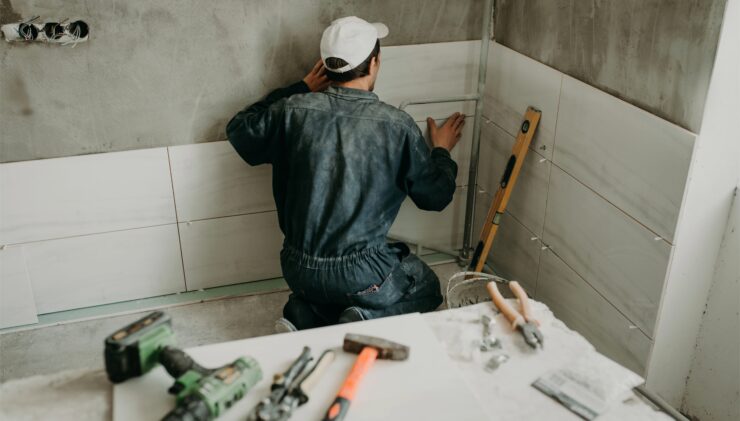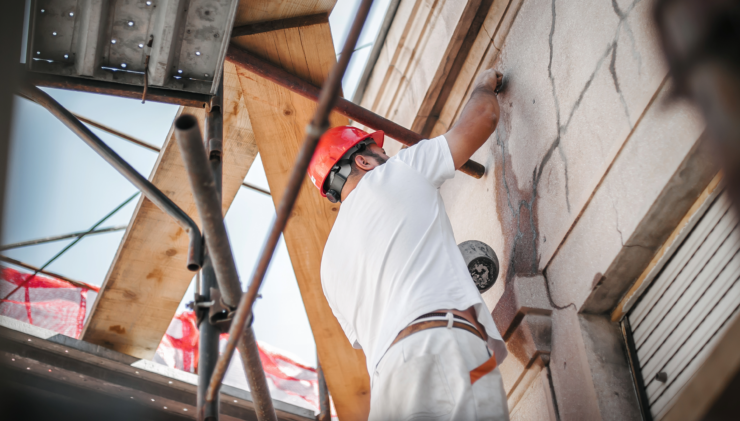 Contractor's Liability Insurance: Essential Coverage for Construction Professionals
Contractor's Liability Insurance: Essential Coverage for Construction ProfessionalsThe current labor shortage and increased awareness of sexual harassment are causing the construction industry to take a new look at how it recruits and retains women in the workforce.
The Construction Skilled Labor Shortage
After falling during the COVID-19 pandemic, construction spending is up again. The American Institute of Architects says the construction spending on nonresidential projects increase by 20% in 2023, followed by smaller gains, while the National Association of Home Builders says all geographic regions saw single-family construction growth at the end of 2024.
But there is a downside to all this growth: a shortage of skilled labor. As experienced workers reach retirement age, the construction industry is scrambling to find enough skilled workers to meet growing demands.
Women could be a largely untapped source of new workers. According to the U.S. Bureau of Labor Statistics, only 11.2% of construction workers are women. Construction companies struggling to find new employees should assess what they’re doing to attract women.
Safety Issues
The Occupational Safety and Health Administration (OSHA) has been working with the National Association of Women in Construction (NAWIC) to facilitate a safe work environment and to understand the rights of workers and the responsibilities of their employers.
This is important because women sometimes face additional hazards in the workplace. According to For Construction Pros, personal protective equipment selection, sanitation, and workplace intimidation and violence are key concerns.
Personal protective equipment designed for men may not fit women properly, and this can represent a serious safety hazard. OSHA has addressed this with a new final rule that explicitly requires personal protective equipment to fit properly. This rule is expected to improve safety for women as well as other workers who tend to have a hard time finding equipment that fits properly, such as larger workers.
Sexual Discrimination
Providing a safe and healthy work environment also means providing a workplace that is free from sexual discrimination. This includes creating hiring and pay policies that do not discriminate against women.
It’s also important to create a workplace that does not allow sexual harassment. As the #MeToo movement and the downfall of men like Harvey Weinstein have shown, women are taking a stand against workplace harassment. Although much attention has been given to Hollywood, other industries – including construction – should also take note.
Construction firms that are accused of sexual harassment or sex-based discrimination could face costly lawsuits. In one example, the EEOC says Balfour Beatty Infrastructure, a highway construction company, had to pay $80,000 to settle a lawsuit alleging sexual harassment and discrimination.
To avoid legal, morale and reputational damage, employers should do the following:
- Create and enforce a written policy that defines and prohibits sexual harassment.
- Create a procedure for reporting sexual harassment.
- Respond promptly and thoroughly to complaints of sexual harassment and take appropriate action against offenders.
- Never retaliate against employees for reporting sexual harassment or respond to complaints dismissively.
- Provide sexual harassment training, especially to supervisors, after an incident or as required by state law.
As always, Heffernan Insurance is your partner in construction insurance and risk management. Contact us with any questions you may have.


